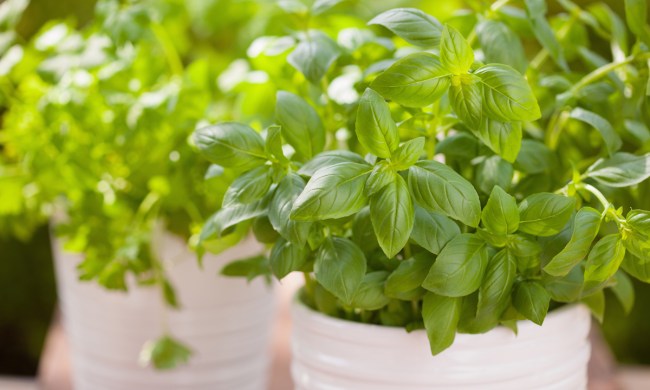This content was produced in partnership with FastGrowingTrees.com.

Knowing where to start when maintaining or developing your garden can be tough. Sure, you might have read up on when to plant an arborvitae tree or how to prune your fruit tree, but where do you even go to find such trees or plants? How do you know if the plants you want are a good fit for your home? That’s where FastGrowingTrees.com comes in. It offers a wide range of plants and trees for every landscape and climate, while sharing advice and expertise along the way.
One of our favorite things about FastGrowingTrees.com is its plant finder quiz. Just head over to the quiz page
No matter what kind of plant you’re looking for, FastGrowingTrees.com will have options for you. From fruit trees, shrubs and hedges, right down to house and patio plant, you’ll find hundreds of options. It’s easy to see what plants are most likely to thrive in your climate, how to keep them growing healthy and strong, and even when you can expect fruit or flowers to emerge. Even easier? Enter your zip code to check out the most optimal products for your area.
Looking for a solution to a specific planting problem? Expert-curated collections give you insight into the ideal products for certain concerns, like erosion, sandy soil, wind and noise, or small spaces. Whether you need deer-resistant plants and trees, or you’re looking for flowers that love the shade, FastGrowingTrees.com solutions are sure to guide you down the right, beautiful, and plant-lined path.
Simply put, FastGrowingTrees.com isn’t just about selling you plants and trees — it’s about helping you get the best from your backyard and outdoor living spaces. And because they’re so confident that you’ll receive happy, healthy plants, they even offer a 30-day guarantee on every tree.
Whether you’re a gardening expert or just starting out, FastGrowingTrees.com is there to help. With a great selection and tons of expert advice to help get you started, you’ll be able to create the garden of your dreams in no time.



